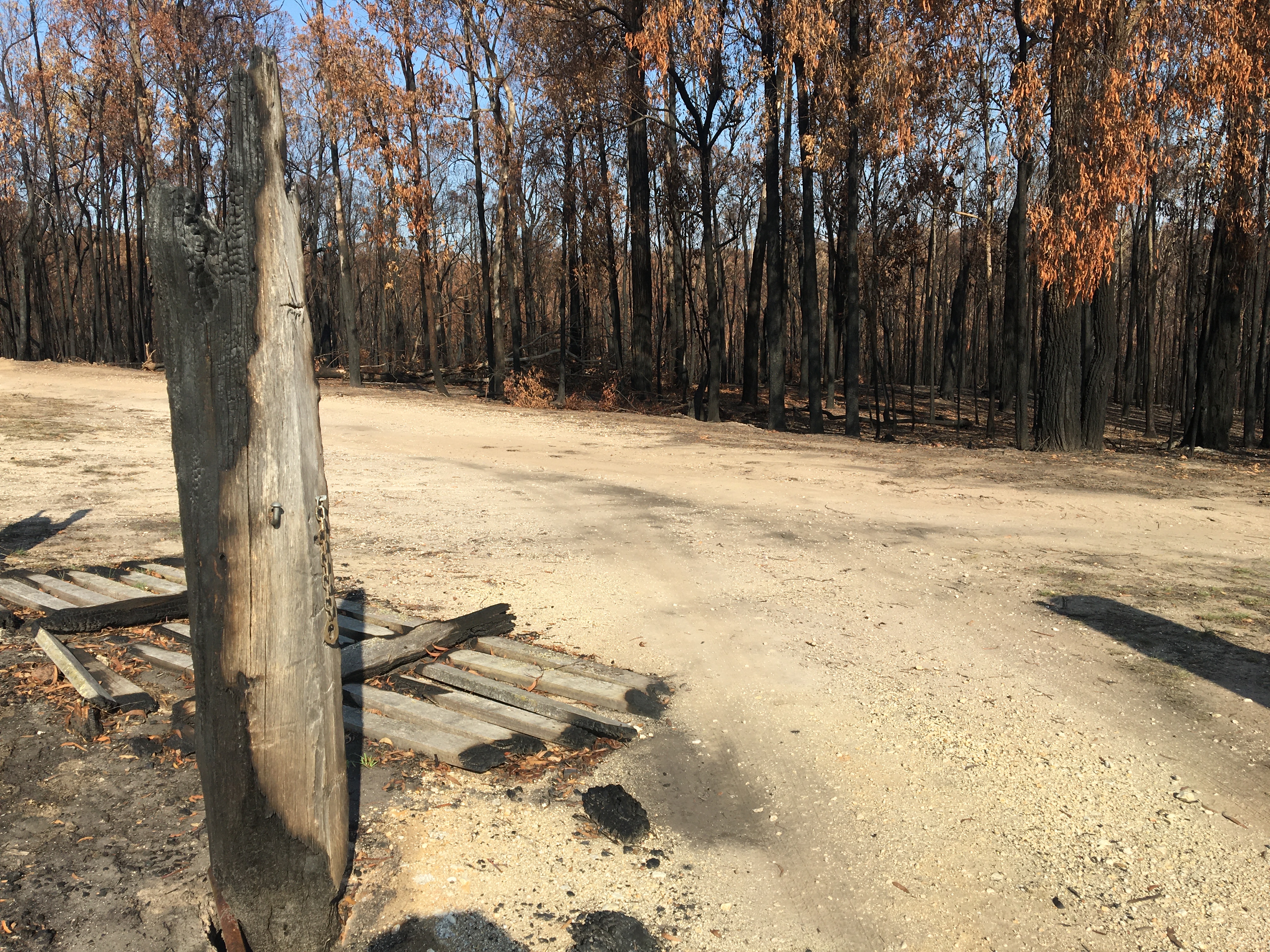Burnt Timber Posts Pose a Potential Arsenic Poisoning Threat To Livestock
Local Land Services (NSW), 23 Aug 2019
A case of arsenic toxicity in the Central Tablelands region has been traced to burnt timber posts treated with Copper Chrome Arsenate (CCA).
Mudgee-based Local Land Services District Veterinarian, Jess Bourke, examined the affected cattle and has warned farmers about the ongoing potential threat of arsenic residue on farms.
“The stock had been seen around the burnt remains of the posts, and lick marks suggested that they had ingested some of the ash,” reported Dr Bourke.
CCA continues to be used as a timber preservative, particularly in landscaping timber, posts and boats, and treated timber often has a green-blue colour.
“The amount of arsenic leaching from treated timber under normal conditions is very low,” explained Dr Bourke.
“However when the timber is burnt, large amounts of arsenic (in this case in the compound form of Copper Chrome Arsenate) are concentrated in the ash.”
Dr Bourke reports the animals were unsteady on their feet and found it difficult to walk. They were suffering from muscular twitching, an increased respiratory rate and watery diarrhoea.
As little as half a gram of arsenic can be toxic to an adult cow and the prognosis for stock affected by arsenic toxicity is poor, although several animals in this incident did survive.
Up until the 1970s, when arsenic was routinely used as an external treatment for parasites in sheep and cattle, cases of arsenic toxicity in livestock were relatively common.
Over time many arsenic products have been replaced by more effective treatments, resulting in cases of arsenic toxicity become increasingly rare, however arsenic residue can still be found in the landscape.

“This recent case related to CCA treated timber serves as a reminder to landholders to be aware of the risks of potentially toxic chemicals on their property,” said Dr Bourke.
“Arsenic doesn’t break down over time. Areas contaminated with arsenic can remain toxic for many years. In the event of a bushfire, burnt posts could pose a risk right across our district.”
Dr Bourke advises landholders not to disturb or handle ash from CCA treated timber, and to fence off areas where treated timber has been burnt to reduce the risk of poisoning.
Landholders are encouraged to contact their local council for information about the safe disposal of treated timber.
For more information on how Waratah can help you change to an Australian made steel system, contact your local Waratah representative.